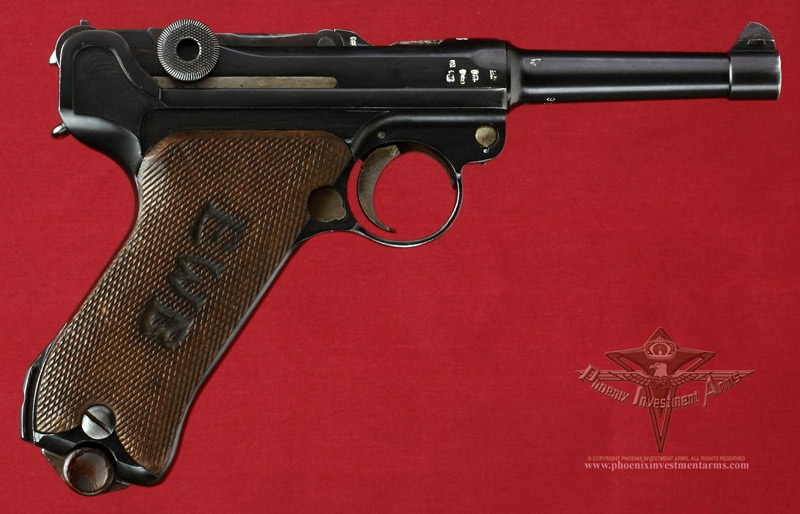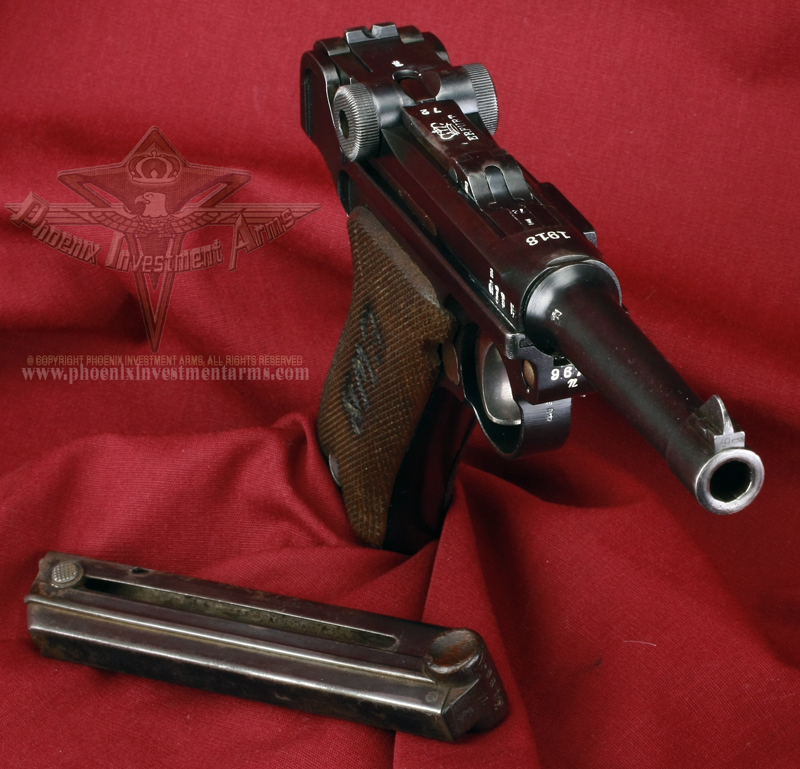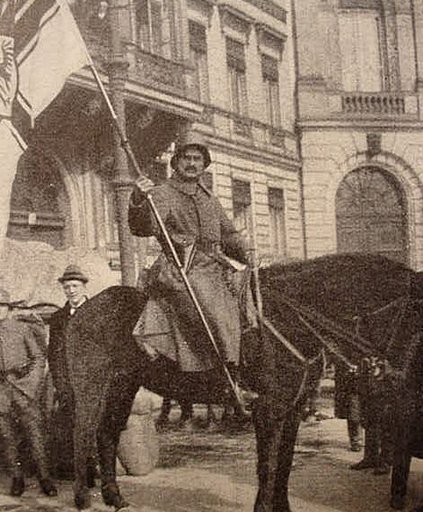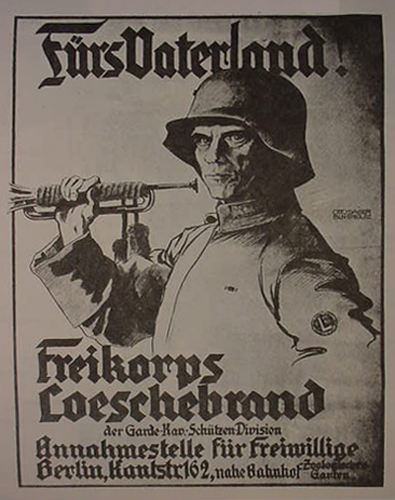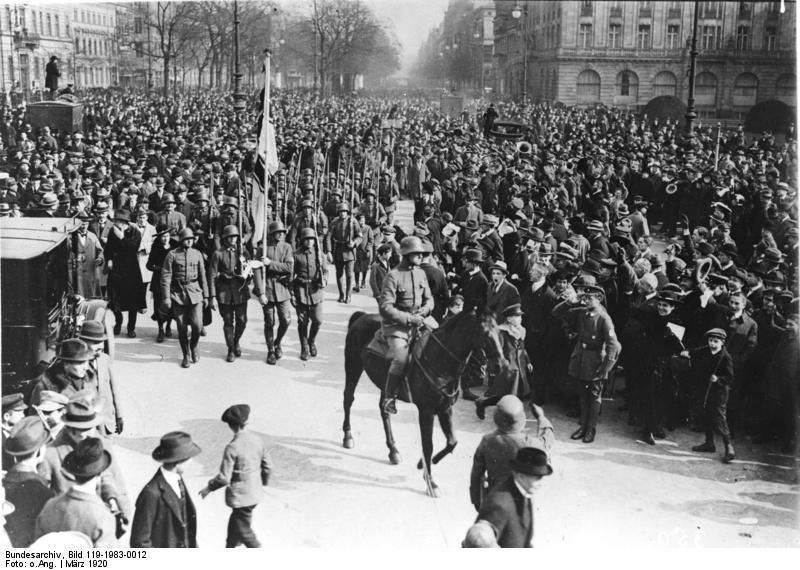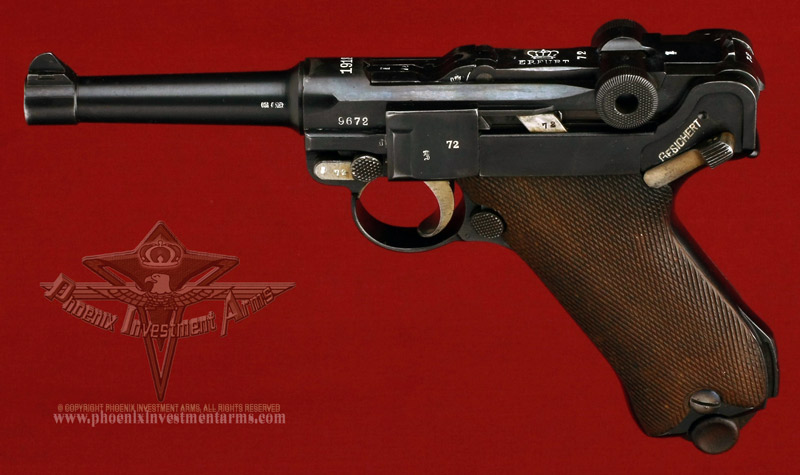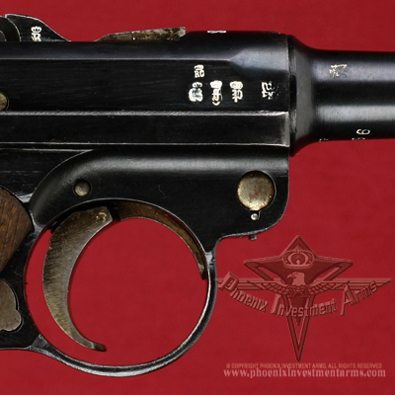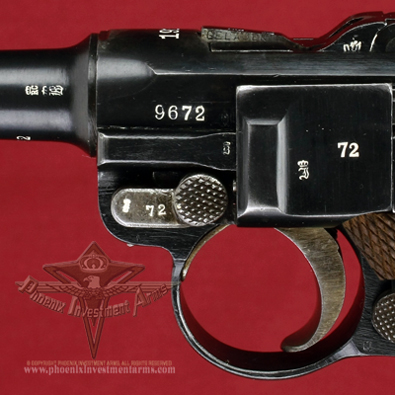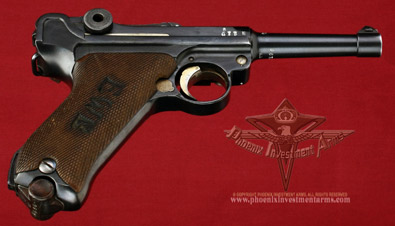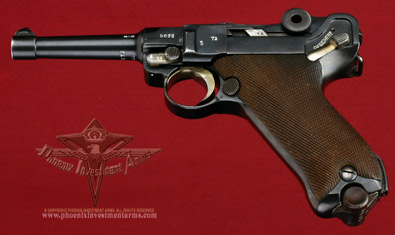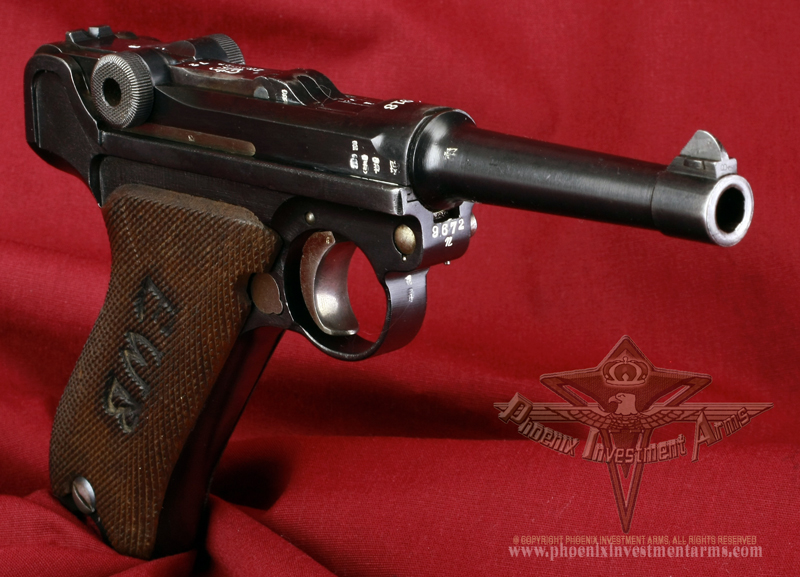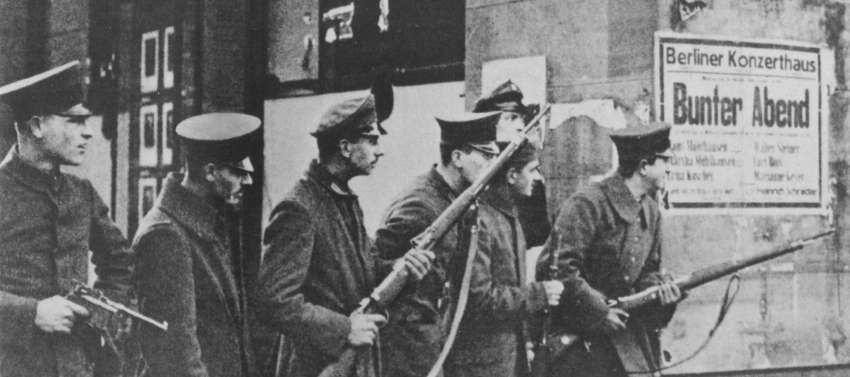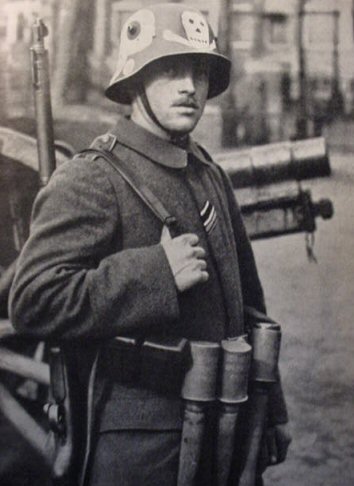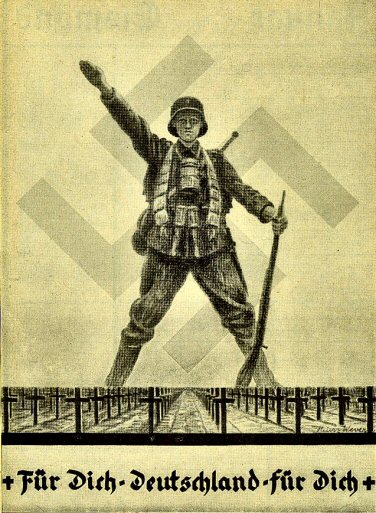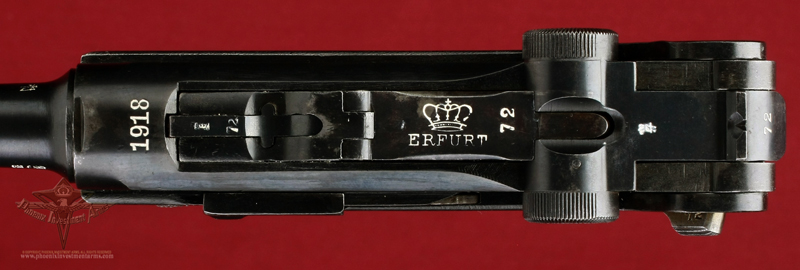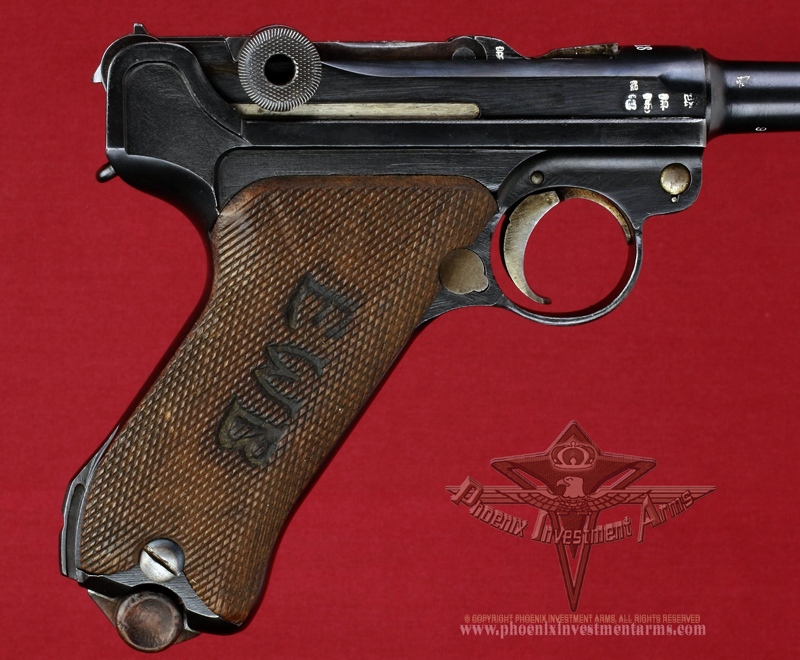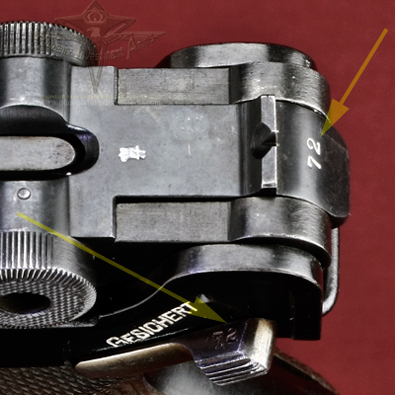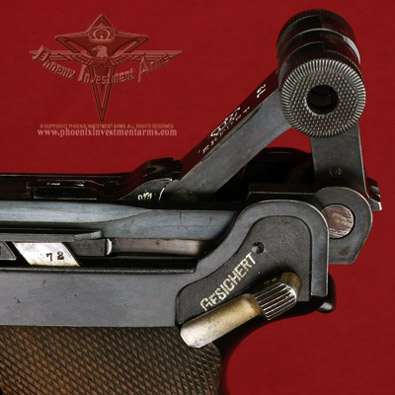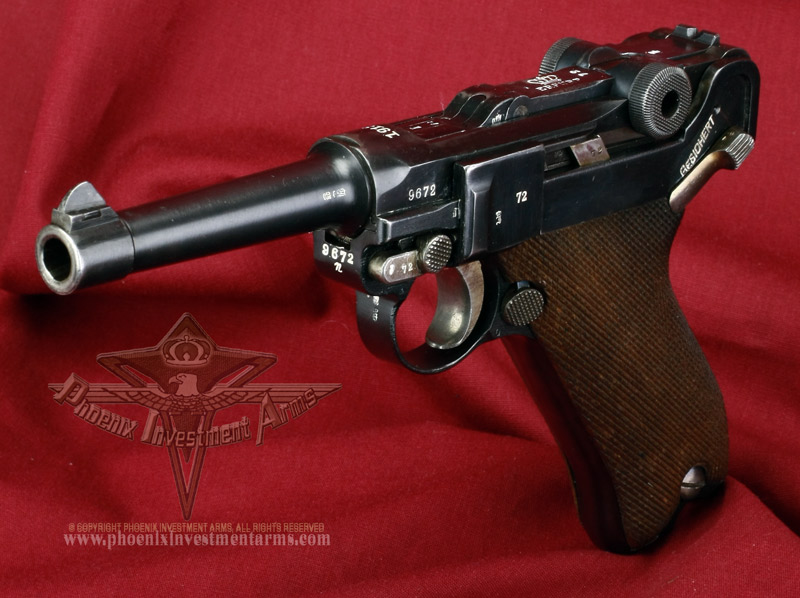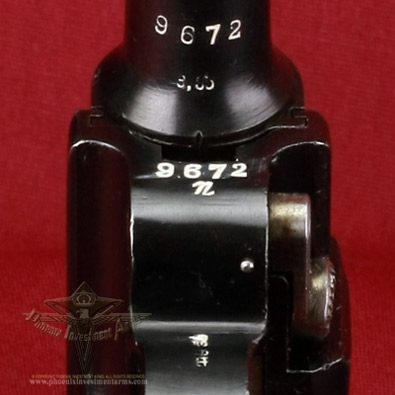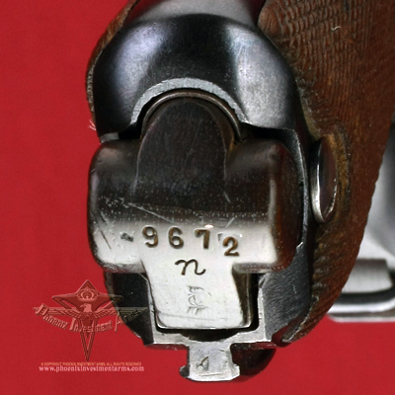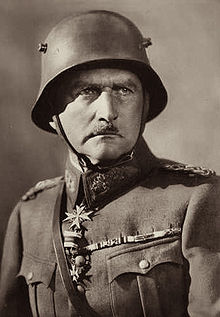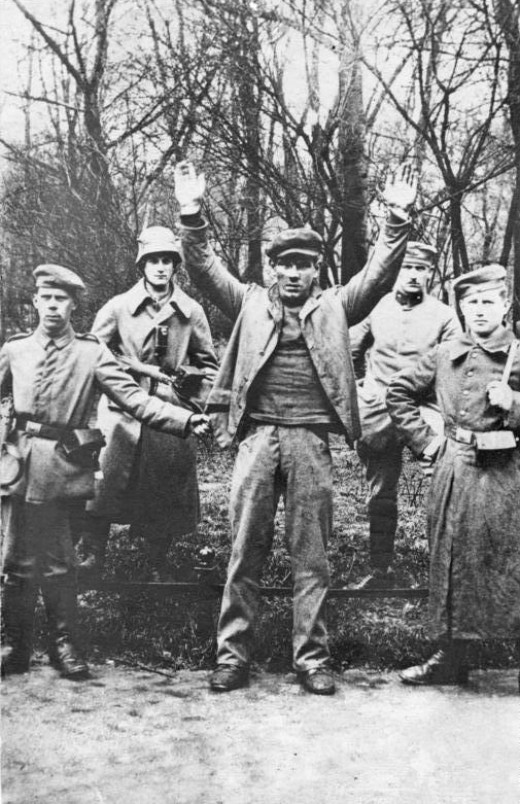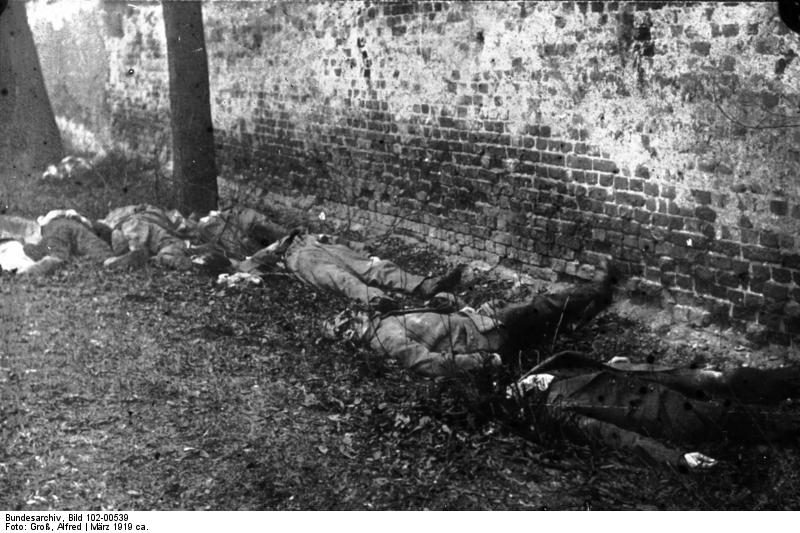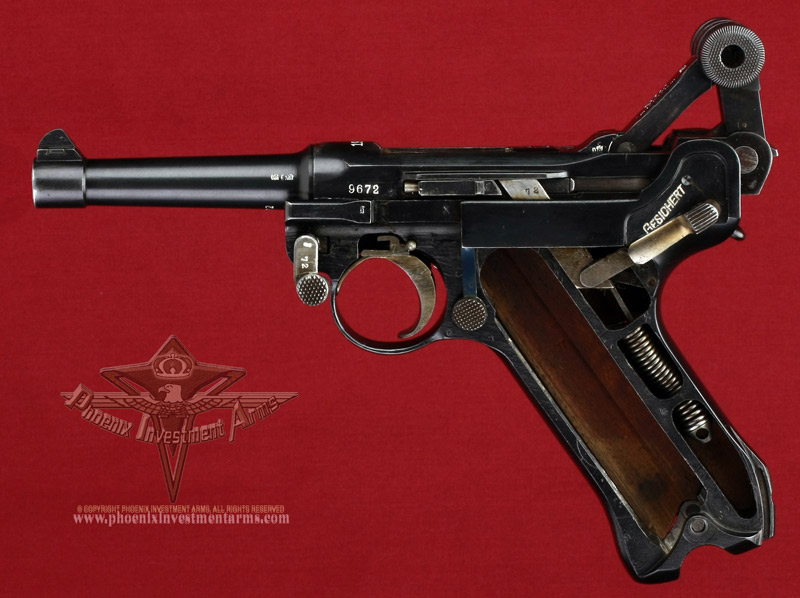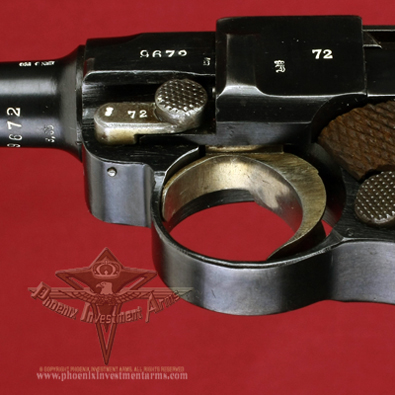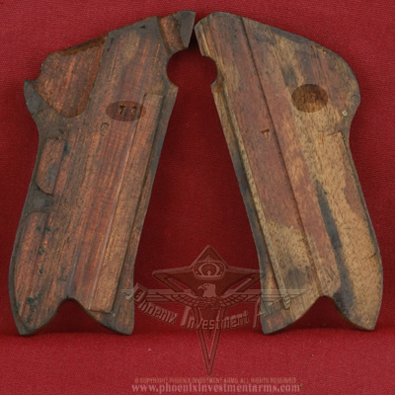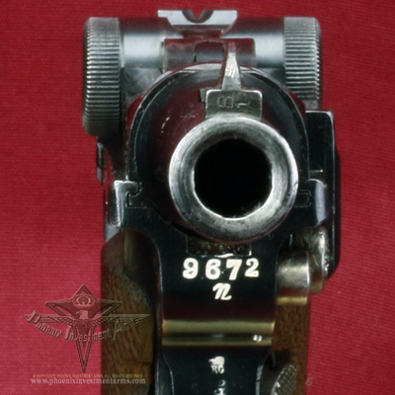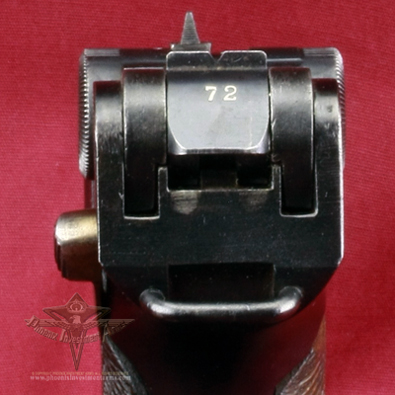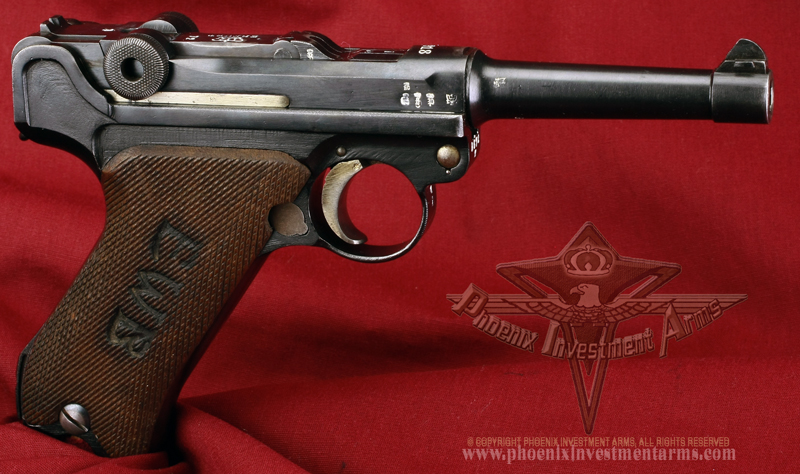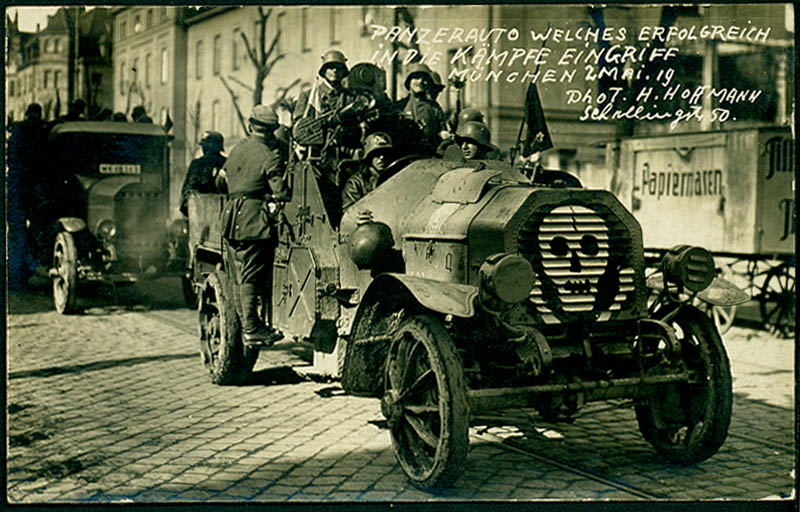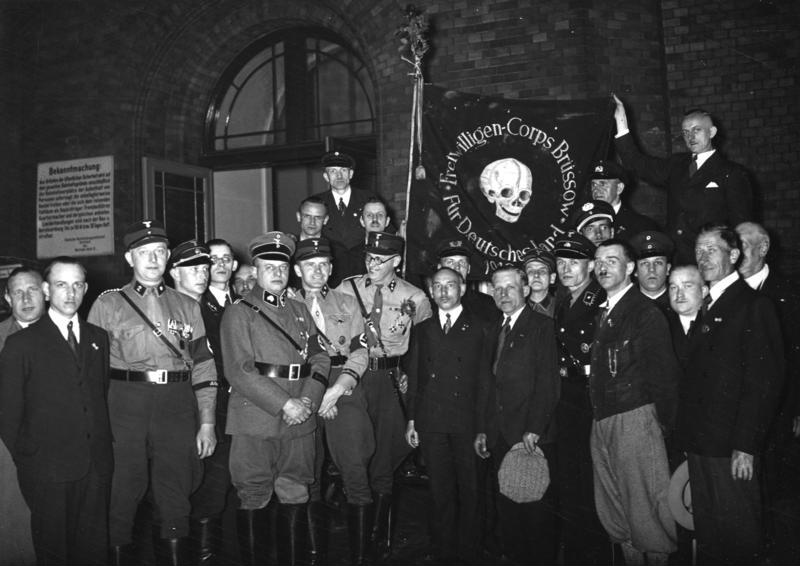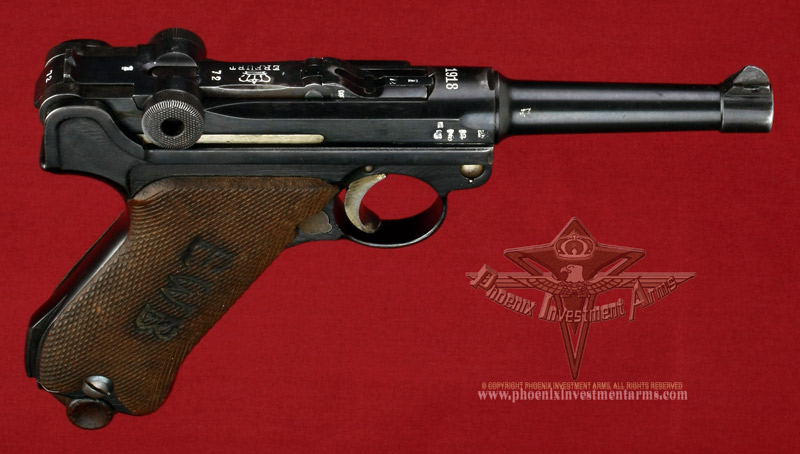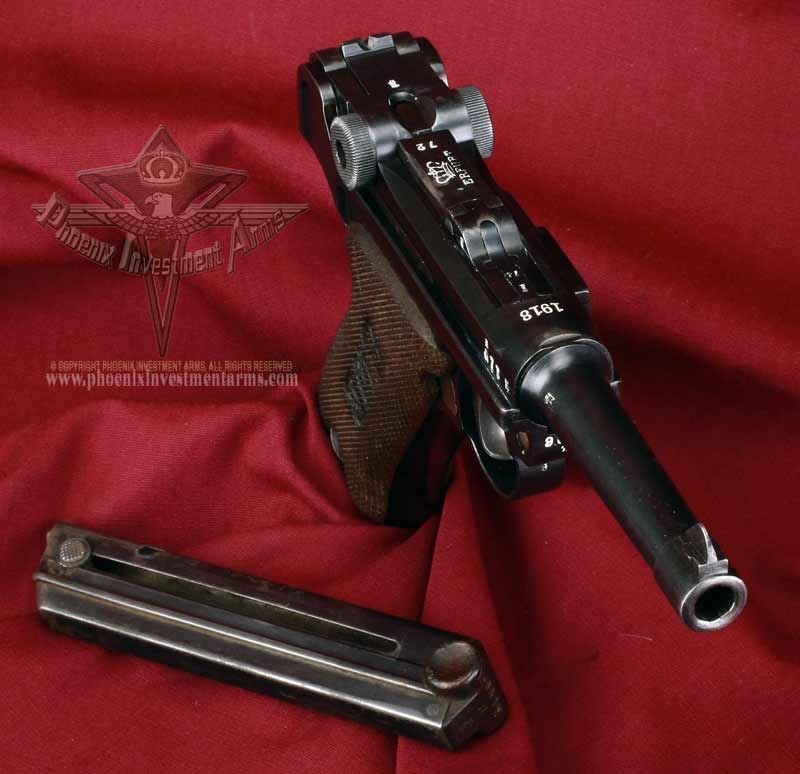The Bavarian Soviet Republic, also known as the Munich Soviet Republic (German: Bayerische Räterepublik or Münchner Räterepublik) was, as part of the German Revolution of 1918–1919, the short-lived attempt to establish a socialist state in the form of a democratic workers' council republic in the Free State of Bavaria. On Palm Sunday, April 12, 1919, the Communist Party seized power, with Eugen Leviné as their leader.It sought independence from the also recently proclaimed Weimar Republic with its capital as Munich.
The new government set up a Red Army and appointed Toller, the former leader, as the commanding general. At the suggestion of Vladimir Lenin, Leviné took hostages from among the elite. When his troops refused to execute the hostages, Russian soldiers were sent to do it. On 30 April 1919, eight men, including the well-connected Prince Gustav of Thurn and Taxis, were accused as right-wing spies and executed. The Thule Society's secretary, Countess Hella von Westarp, was also murdered. Bavarian leaders lost any say in the matter when Gustav Noske, the notorious Minister of Defense declared that “The Munich insane asylum must be put in order”, and handed Major-General von Oven the task.
Soon after, on 3 May 1919, remaining loyal elements of the German army (called the "White Guards of Capitalism" by the communists), with a force of 9,000, and Freikorps (such as the Freikorps Epp and the Marinebrigade Ehrhardt) with a force of about 30,000 men, entered Munich and defeated the communists after bitter street fighting in which over 1,000 supporters of the government were killed. About 700 men and women were arrested and summarily executed by the victorious Freikorps troops. Leviné was condemned to death for treason, and was shot by a firing squad in Stadelheim Prison.
